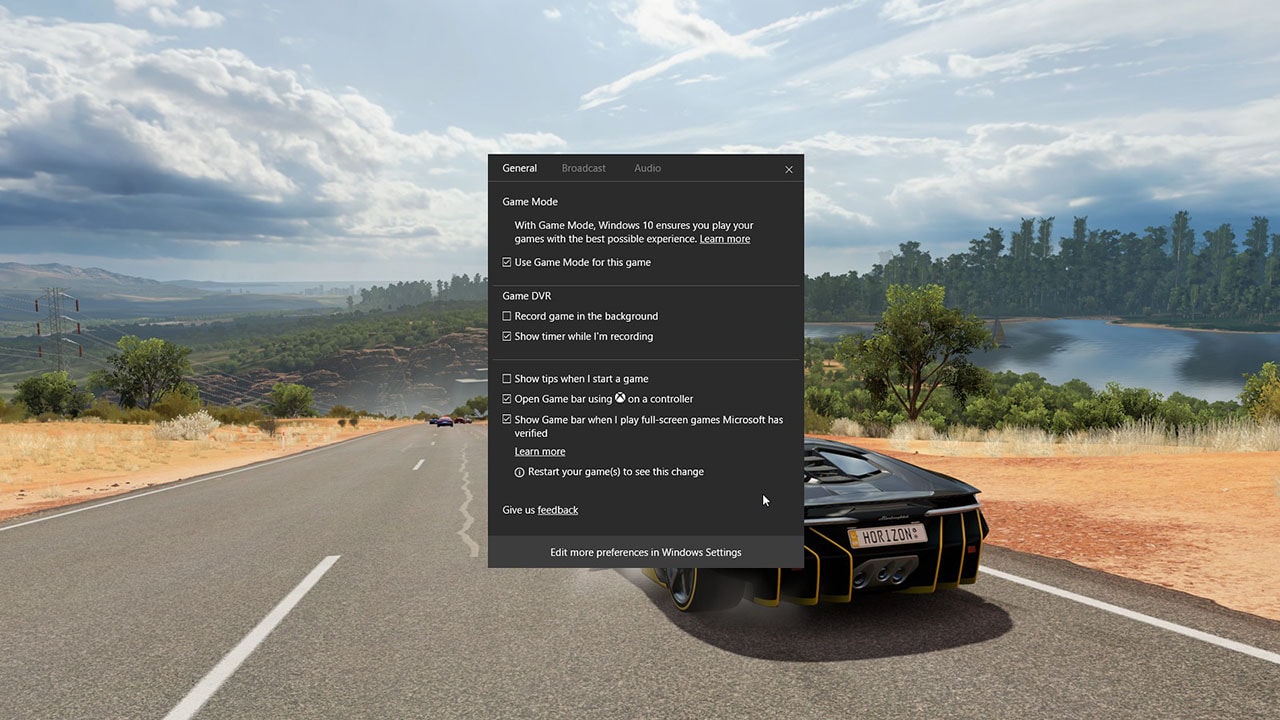Solar system upon solar system whizzes past in the opening few seconds of No Man’s Sky. It’s another reminder that the universe within Hello Games’ newest title is as vast, empty, and possibly as bizarre, as the one we inhabit during our time here at Earth. A procedurally generated universe of 18 quintillion (18 x 1018) planets, that is 18 billion-billion Earth-sized planets, all with their own mysteries and a past to discover.
Owing to that sheer scale and the developers’ primary wish for players to have a largely solitary experience, everyone begins in a random corner of the universe. Our journey began on Ouchvo-Mibhar Apusha, a lush neon-green planet with a temperate climate (28.8 °C) at mid-day. No Man’s Sky is full of all kinds of planets – dead, toxic or just plain inhospitable – but Apusha is the best kind you can hope for as a starting point. Sure it has a nonsensical name, but the game lets you change that if you’re the first to discover it. And in its almost infinite universe, that will largely be the case.
Your first task in No Man’s Sky is to get your starship in order by repairing two of its crucial parts – the ones that help it take-off and travel beyond the stratosphere. To do this, you will need a bunch of resources and modules, which can be crafted using more of those resources. These can be unearthed from little rocks of different shapes, or giant ones that take minutes to crumble using your multi-tool, which is equal parts a miner’s friend, and a weapon. While you engage in this tedious process, your life support system will gradually wear off – it can be brought back to full strength by way of, you guessed it, more resources.
This method of refuelling, to say, extends to most parts of the game – be it your exosuit, starship or the multi-tool. Each of them has items that lose their capability the more they are used, such as the craft’s launch module, the tool’s laser mine and the aforementioned life support system built into your exosuit. As you spend hours traversing between planets gathering what you need, you will constantly need to juggle all of these variables to ensure you don’t get stranded at the worst possible moment. Yes, most of the resources you need are abundant and easily available, but it does affect how you approach the game.
![]()
(Also see: No Man’s Sky Has a Few Glitches, Predictably)
Not only are you forced to prioritise mining the environment over worry-free gallivanting, the limited inventory space of both your exosuit and starship – at least in the early hours – can be equally frustrating. Not knowing which of the dozen or so resources will be important at a given time leads to more problems. Should you sell or keep the platinum, platinum, gold, iron, heridium, or the thanium9? Or should you drop one of the tradable commodities that would fetch a considerable price at the galactic market for more resources?
For all its exploratory promise, No Man’s Sky can often feel like Minecraft in space – as you go about collecting resources upon resources to craft items upon items, all to trade more of this stuff with non-playable characters (NPCs) for things you need to build something else entirely, like a hyperdrive after you fix the ship. It’s hard to look at this as a virtuous cycle too. After years of being shown videos showcasing carefree interstellar journeys with innumerous destinations and endless variety, the reality is anything but.
Our first planet – Apusha – is part of a solar system that has a total of two planets and a moon. On the surface, the three present completely different environments: one rather hospitable, as we mentioned, the other planet terribly toxic, and the third a dead moon with no sign of life, the game informed us upon landing. But once you begin to take in the terrain along with any outposts you come across, it’s all quite the same. They’ve all got the same kind of beacons that can be connected to the galactic Pokedex of sorts, and you will mostly find crates of resources lying in the vicinity. While the flora and fauna might look different owing to their procedural generation nature, the ones that contain the resources you need don’t change: red shards of crystals are sources of plutonium, blue plants net you platinum and heridium comes from giant rectangular blocks that give off a faint blue glow.
There are other downsides to your hack-and-slash type of gathering too. This comes in the form of Sentinels, which the developers have described as a universe-wide peacekeeping force of sorts. The game isn’t forthcoming on how and why they are present on every single planet and moon, but their presence represents the only threat in mining a place dry. Within the first five minutes of getting resources for ship repair, bee-like Sentinels had been alerted to our activity and swarmed over us. Their purpose feels shoe-horned in to give off a modicum of actual gameplay to what would have otherwise been a rinse-and-repeat tale of gather-build-trade.
![]()
(Also see: No Man’s Sky Could ‘Fundamentally Change’ on PS4 Neo, Says Sean Murray)
But jarring movement that is tolerable during traversal makes combat downright annoying. It doesn’t help that the PC port of No Man’s Sky, launched Friday night, isn’t exactly impressive. Even with settings on high/ultra, the game’s textures feel all too muddled with not enough detail to them. The default settings cap the framerate at a mediocre 30fps, and even when we increased it to 90fps we didn’t notice any change. Thankfully, in the few hours since launch, the community has figured out that you’re much better off turning off V-sync and changing the framerate to “Max”. With that, we managed to nick out an average of 55fps with setting maxed out, and around 80fps with GeForce Experience optimal settings on an Intel Core i7 3rd gen, Nvidia GTX 760 2GB and 8GB RAM with a 1200p screen.
As for the controls, PC fares better unlike the PlayStation 4 which has attracted complaints for putting sprint on the right analogue stick. You can remap all the controls as you like, though the default ones should serve you fine if you’ve played a first-person shooter before. But the game’s menu screens – foremost thought with controllers in mind – don’t work well with the mouse. Instead of letting you choose with one-click and make navigation faster, you have to hold down on every command until a circle fills up. Attempting to organise your inventory with drag-and-drop fails as well.
While some of the technical issues can definitely be ironed out, the PC version of the game is tough to recommend on first look. And though we now know what to do in No Man’s Sky, the prospect of diving back into its universe, albeit a different solar system, for the singular purpose of resource-gathering doesn’t sound very inviting.
Here’s hoping the next few hours aren’t more of the same.



